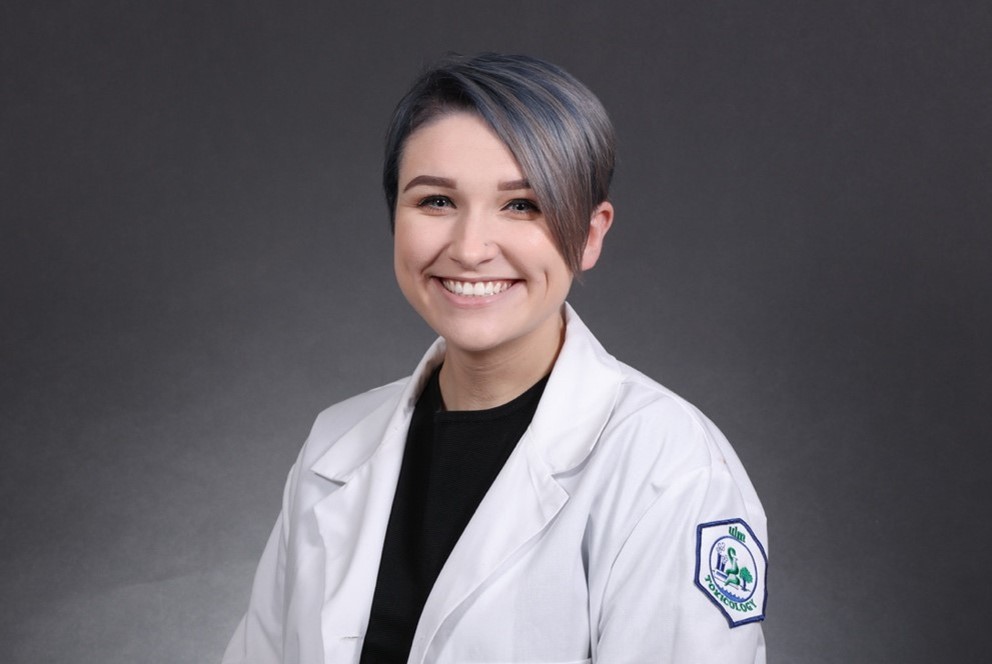Clumps of hair falling out in the shower, inducing vomiting with the end of a tooth brush until there is nothing left but stomach acid- there is nothing glamourous about an eating disorder.
Eating disorders aren’t fads.
They aren’t a phase that comes and goes in a week.
They are disorders that are far too often misrepresented.
Two of the most well-known eating disorders are anorexia nervosa and bulimia nervosa.
Binge eating is also a recognized disorder. It can be easy to think eating disorders are all about deprivation.
Binge eating is compulsive eating.
Just because someone is extremely overweight does not mean they have a compulsive eating disorder, and just because someone is not extremely overweight doesn’t mean they don’t have one.
Anorexia is when a person literally starves themselves thin, and according to Fox News, it has the highest mortality rate of all psychological disorders.
Because it is arguably the most well-known disorder, people tend to assume anyone who doesn’t eat often is anorexic. However, there is actually specific criteria that must be met in order to be diagnosed with anorexia.
Along with other requirements, a female must have not had a period for at least three consecutive cycles in order for a doctor to officially diagnosis her with anorexia.
A lot of people don’t know that.
Bulimia involves a person regularly binge eating and then purging.
Russell Hollis, a counselor at ULM’s Counseling Center, gave a presentation called “The Naked Truth” last semester, which dealt with body image disorders.
“The best of the best is not a realistic goal, but that’s what is being chased after,” Hollis said.
Hollis said a misperception some may not know, is there are two types of bulimia. Sub-types, purging and non-purging, deal with the goal to stay thin; both involve fasting for days then binge eating.
Another common mistake people tend to make is quickly lumping people into the “bulimia” category or the “anorexia” category.
If a person does not meet the requirements in order to be diagnosed with bulimia or anorexia, then that person will most likely be diagnosed with EDNOS, Eating Disorder Not Otherwise Specified.
Movies, advertising and pop culture affect people’s view on their body image.
It causes people to become preoccupied with becoming thin. Hollis gave an example about spring break.
“People see advertisements which give them false expectations to become thin for their swimsuit for spring break. It can lead to unhealthy ways to become thin,” Hollis said.
Misportrayals can also be seen when television shows a person with an “eating disorder” one day, and then by the next episode they’re fine.
“That’s a cry for attention,” said Alise Carter, a junior graphic design major. “You just can’t completeley do a 180.”
People who truly have an eating disorder do not face an easy road to recovery, nor do they recover within a week’s time.
“Anorexia, bulimia and compulsive overeating are not phases a child, teen or adult goes through. Some may go through dieting phases but this is far different from having an eating disorder,” according to something-fishy.org.
Another common thought is that media can cause eating disorders.
According to Carter, the media may trigger the disorder if someone has it, but the media cannot actually create an illness.









